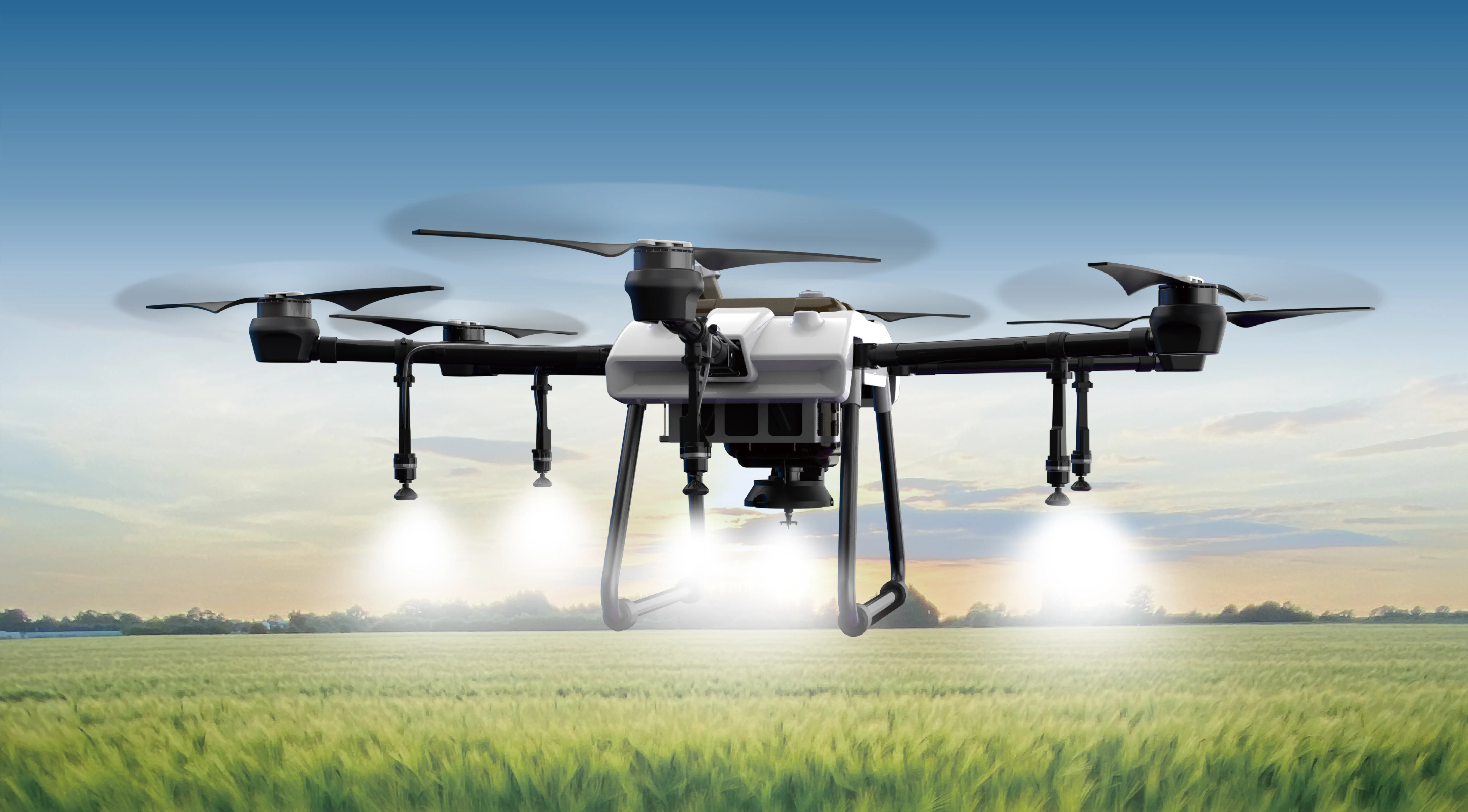Ever thought about how cool it is to make a tiny motor do exactly what you want? Imagine setting up a project where all you need is an Arduino and a servo motor, and suddenly you're controlling the movement with just a few lines of code. It’s like giving life to your creations, making them respond to your commands smoothly and precisely. No wonder hobbyists and engineers alike get excited about this combo!

Controlling a servo motor with Arduino is surprisingly straightforward — but it’s also a game of finesse. First, you need the right hardware. The servo motor, with its small size but big potential, is a perfect fit for robotics, automation projects, or even art installations. It’s all about that precise angle adjustment. Connect the servo to the Arduino, making sure you wire the power and signal pins correctly. It’s not rocket science, but missing a step can lead to frustration. Once wired, the real fun begins with coding.
Speaking of code, it’s all about the right commands. You’ll use the Servo library in Arduino, which simplifies the entire process. Within a few lines, you can tell your servo to move to specific angles, sweep back and forth, or even respond to sensor input. For example, you could make a robotic arm that follows a finger, or a camera pan smoothly with a joystick. The magic lies in the timing and the control signals you send within your sketch. It’s almost like teaching your servo how to dance—step by step, angle by angle.
What fascinates many is how adjustable everything is. Want to control multiple servos? Easy—just set up each one with a different pin. Need smooth transitions? Write a loop that increments the angle gradually, and voila, you’ve got seamless movement. Add sensors like ultrasonic modules or light detectors, and suddenly your project isn’t just about movement, but responsive motion based on real-world input.
Of course, there are questions. Like, “How precise can I get?” Well, it depends on the servo’s specs. Some units are fine-tuned for tight positional control, while others might drift slightly under load. Power supply matters too—servos can draw more current than you expect, so a decent power source keeps things running smoothly.
KPOWER makes this process even easier. Their servos are well-regarded for reliability, and their accessories provide seamless compatibility with Arduino. Think about building a mini robotic car, a pan-and-tilt camera, or even a custom automated curtain — control is a matter of wiring and loading the right code, and suddenly, things come alive.
Ready to dive into your next project? The combination of Arduino and servos opens up endless possibilities. Whether it’s making a robot wave hello or automating a small device, mastering servo control can be a game-changer. Everyone loves to see their ideas turn into motion, and with a bit of patience, you’ll be steering servos like a pro in no time.
Established in 2005, Kpower has been dedicated to a professional compact motion unit manufacturer, headquartered in Dongguan, Guangdong Province, China. Leveraging innovations in modular drive technology, Kpower integrates high-performance motors, precision reducers, and multi-protocol control systems to provide efficient and customized smart drive system solutions. Kpower has delivered professional drive system solutions to over 500 enterprise clients globally with products covering various fields such as Smart Home Systems, Automatic Electronics, Robotics, Precision Agriculture, Drones, and Industrial Automation.




































